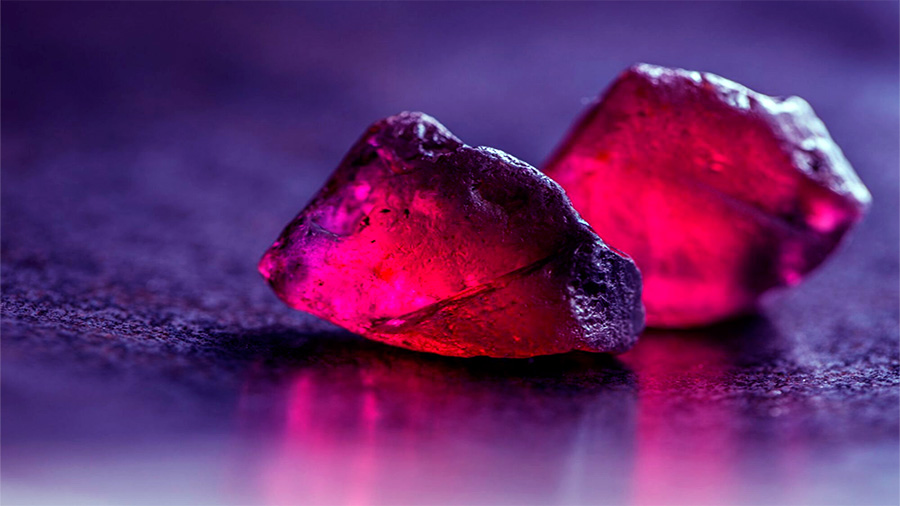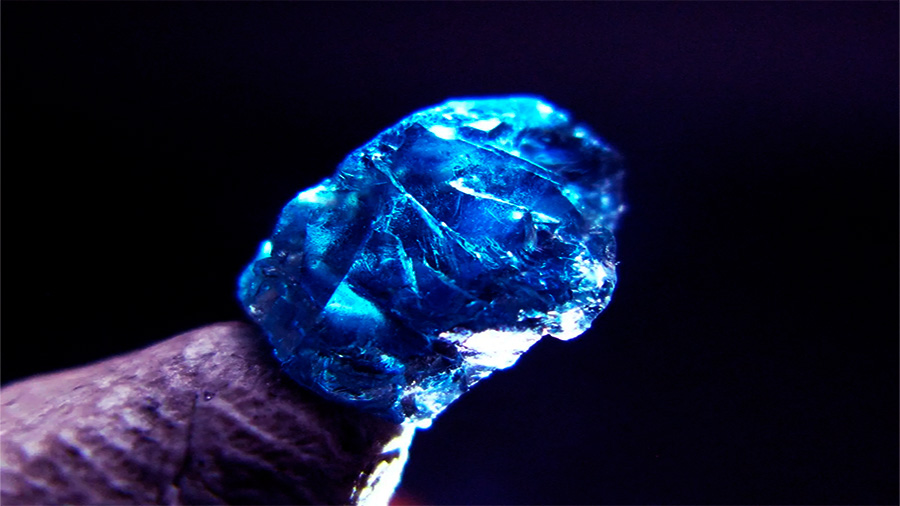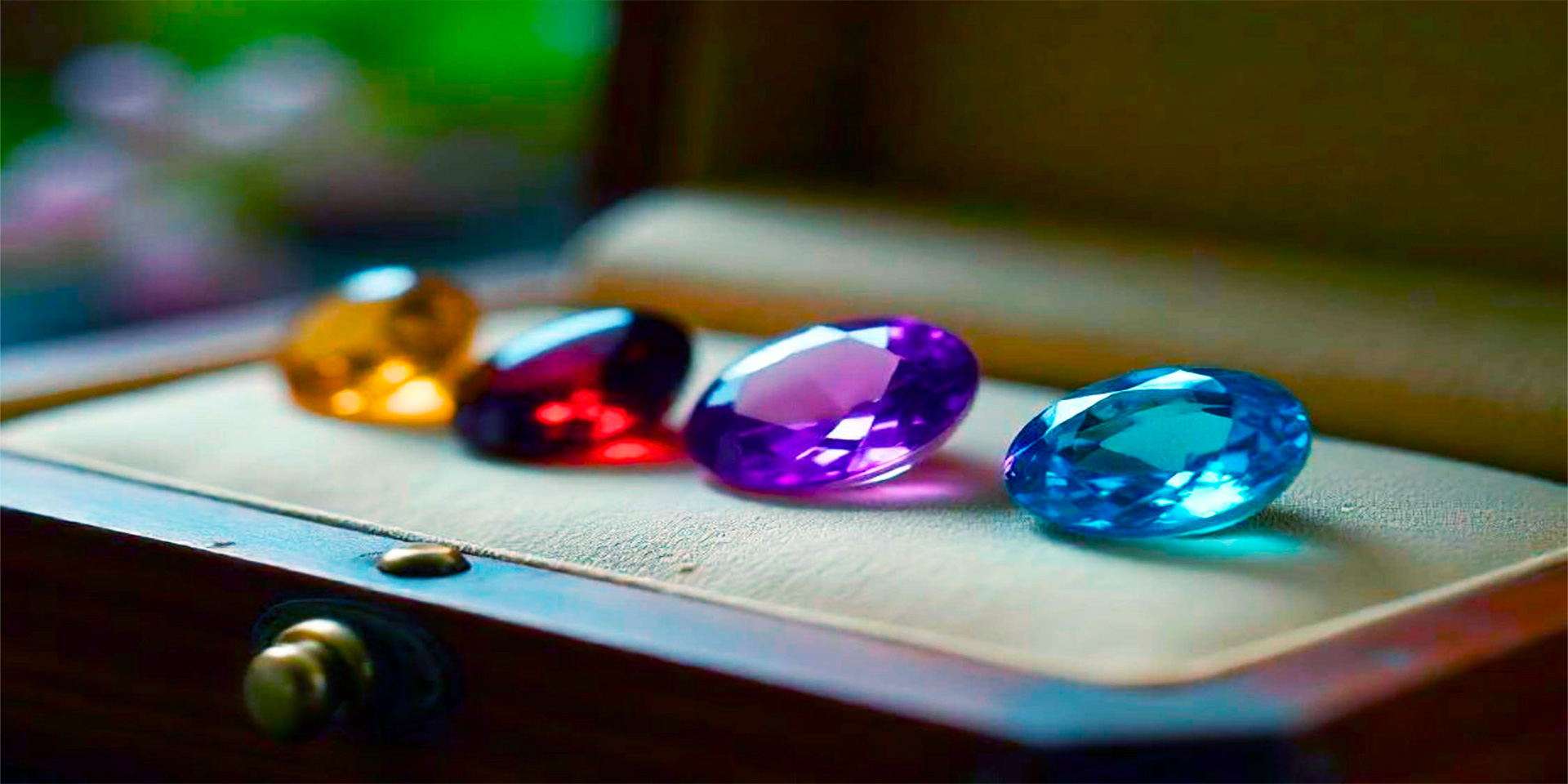Gemstones have long been prized for their beauty, durability, and unique qualities, but rarity is the most influential factor when determining their value. Investors are increasingly turning to rare gemstones like colored diamonds, rubies, and emeralds to diversify their portfolios and hedge against economic uncertainties. The scarcity of these stones, combined with their intrinsic appeal, drives demand and boosts long-term value. In this article, we explore how rarity impacts gemstone investments and why certain stones are considered more valuable than others.
Understanding the Concept of Rarity in Gemstones
Rarity in gemstones is determined by the availability of the material in nature, the quality of the stone, and market demand. Unlike manufactured assets, gemstones are finite natural resources. Specific conditions must align perfectly for a gemstone to form, which can take millions of years. The more challenging it is to find a high-quality stone, the greater its rarity and value.
For instance, colored diamonds, such as pink, blue, or green diamonds, are exceptionally rare. These stones account for less than 0.01% of global diamond production, making them some of the most sought-after investments in the gemstone market. Similarly, rubies with rich, vivid hues and high clarity are scarce, especially those originating from historically significant mines like Mogok in Myanmar.
Factors Contributing to Gemstone Rarity
- Geological scarcity: Limited deposits in specific regions.
- Quality attributes: Color, clarity, cut, and carat weight.
- Market trends: Demand for unique and historically significant stones.
Rarity sets gemstones apart, making them desirable assets for collectors and investors alike.
Colored Diamonds: The Pinnacle of Gemstone Investments
Colored diamonds are among the rarest and most valuable gemstones in the world. Their unique hues result from trace elements or structural anomalies during formation, creating shades like vivid pinks, intense blues, and striking yellows. The scarcity of these stones drives their exceptional value in the market.
For example, the Pink Star diamond, a flawless 59.6-carat pink diamond, sold for over $71 million at auction, highlighting the premium investors are willing to pay for rarity. Blue diamonds, such as the Hope Diamond, are equally celebrated for their beauty and exclusivity. The combination of geological rarity, high demand, and limited supply makes colored diamonds a top choice for those seeking high-value gemstone investments.
Why Colored Diamonds Hold Their Value
- Unique hues make each stone one-of-a-kind.
- Limited supply ensures consistent demand among collectors.
- Historical significance and provenance enhance desirability.
Investing in colored diamonds offers both aesthetic and financial rewards, solidifying their status as a cornerstone of rare gemstone markets.

The Allure of Rubies: A Symbol of Passion and Wealth
Rubies have been revered for centuries as symbols of wealth, power, and passion. The most valuable rubies exhibit a rich, vivid red hue known as “pigeon’s blood,” coupled with exceptional clarity. These stones are primarily sourced from Myanmar, Mozambique, and Sri Lanka, with Myanmar’s Mogok Valley producing some of the world’s finest examples.
The rarity of high-quality rubies lies in their complex formation process and limited availability. Unlike diamonds, which are found in numerous locations worldwide, gem-grade rubies are restricted to a handful of deposits. This scarcity, combined with their historical and cultural significance, makes rubies a valuable asset for investors.
Factors Enhancing Ruby Investment Potential
- Vivid “pigeon’s blood” hue increases desirability.
- Limited high-quality deposits ensure ongoing rarity.
- Historical significance as symbols of wealth and power.
Rubies remain a cornerstone of the colored gemstone market, appealing to both collectors and investors for their beauty and scarcity.
The Role of Origin and Provenance in Gemstone Rarity
The origin and provenance of a gemstone significantly influence its rarity and value. Certain locations are renowned for producing high-quality stones, adding to their desirability. For instance, sapphires from Kashmir, emeralds from Colombia, and rubies from Myanmar are often more valuable than stones from other regions due to their historical reputation and superior quality.
Provenance also plays a role in enhancing a gemstone’s value. A stone with documented ownership, particularly if it has been part of a famous collection or worn by a notable figure, commands higher prices. For example, the Burmese Ruby Tiara, once owned by Queen Elizabeth II, is celebrated for its historical significance and rare, high-quality stones.
Examples of Notable Provenance
- Kashmir sapphires known for their velvety blue hue.
- Colombian emeralds prized for their rich green color.
- Burmese rubies renowned for their vivid red tones.
Origin and provenance enhance the narrative and exclusivity of a gemstone, increasing its appeal in the investment market.

Market Trends and the Future of Rare Gemstone Investments
The market for rare gemstones continues to grow as collectors and investors seek alternatives to traditional assets. Rising wealth in emerging markets, particularly in Asia, has driven demand for unique gemstones, pushing prices higher. Additionally, limited supply from aging mines further intensifies competition among buyers.
Technological advancements, such as blockchain, are also transforming the gemstone industry by providing traceability and transparency. This ensures authenticity and provenance, factors that are increasingly important to modern investors. Sustainable mining practices and ethical sourcing initiatives are gaining traction, aligning with the values of socially conscious buyers.
Key Trends Shaping the Gemstone Market
- Increased demand from affluent buyers in emerging markets.
- Technological innovations ensuring traceability and authenticity.
- Focus on sustainable and ethical sourcing practices.
These trends underscore the enduring appeal and investment potential of rare gemstones in a rapidly evolving market.
Risk Management in Gemstone Investments
While rare gemstones offer significant investment potential, they also come with risks. Illiquid markets, fluctuating valuations, and the potential for counterfeit stones require careful consideration. Conducting thorough research, working with reputable dealers, and obtaining certifications from recognized gemological institutes are essential steps in mitigating these risks.
Investors should also consider diversifying their portfolios by investing in a mix of gemstones, such as colored diamonds, rubies, and sapphires. This approach balances risk and maximizes opportunities for growth. Engaging experts for valuation and market insights can further enhance decision-making and protect against market volatility.
Tips for Managing Gemstone Investment Risks
- Work with trusted dealers and obtain certifications.
- Diversify investments across multiple types of gemstones.
- Stay informed about market trends and valuations.
By taking a strategic and informed approach, you can navigate the complexities of gemstone investments and capitalize on their rarity and value.
The Conclusion
The rarity of gemstones like colored diamonds and rubies plays a central role in determining their value and investment potential. From their geological scarcity to their historical significance and market demand, these factors drive the allure of rare gemstones. As global interest in alternative investments grows, rare gemstones continue to offer both financial and aesthetic rewards, solidifying their place as a timeless and valuable asset class.

